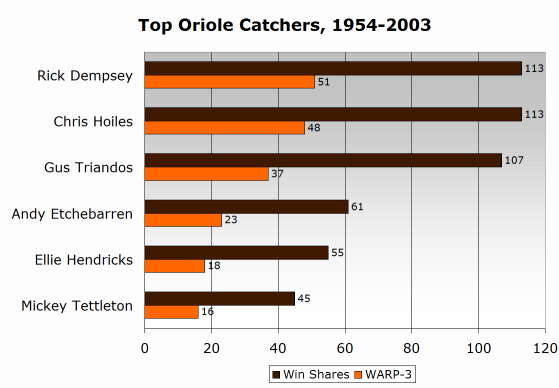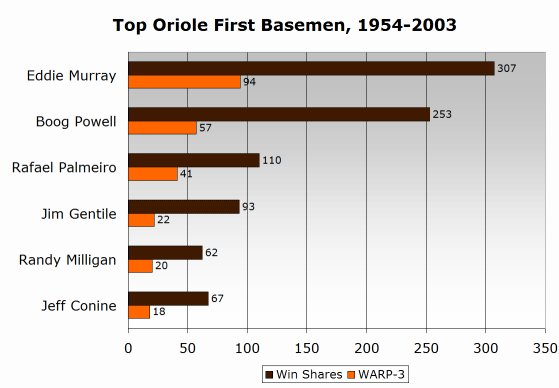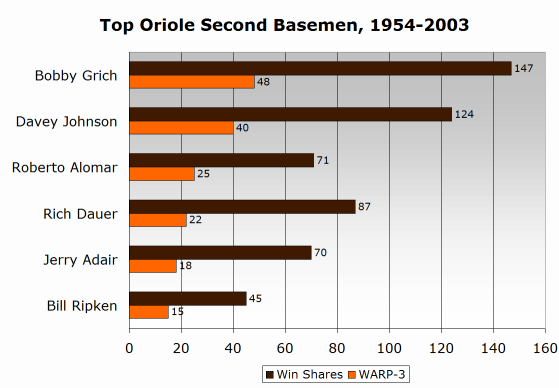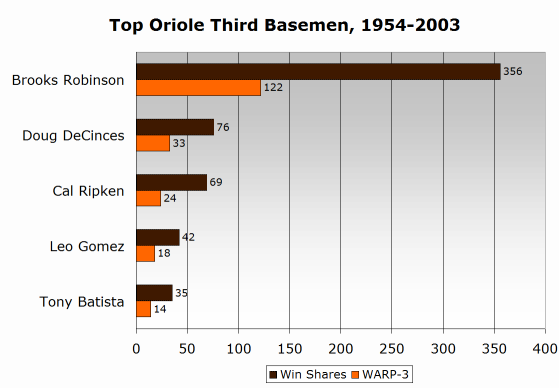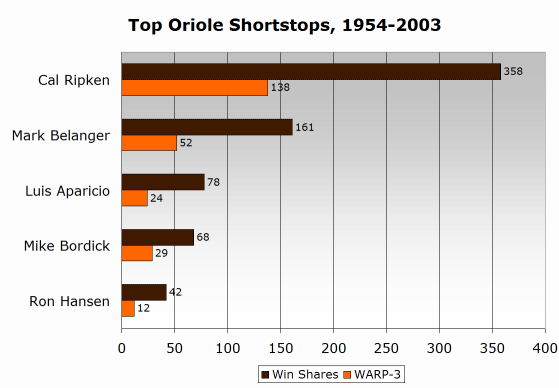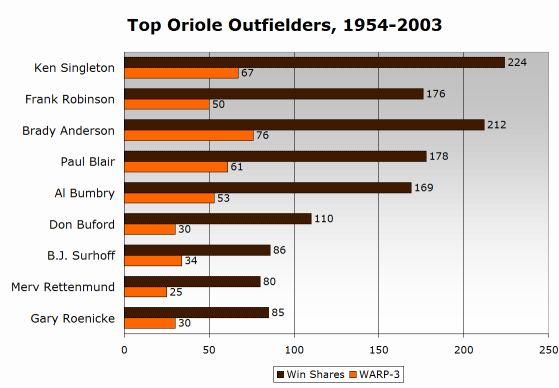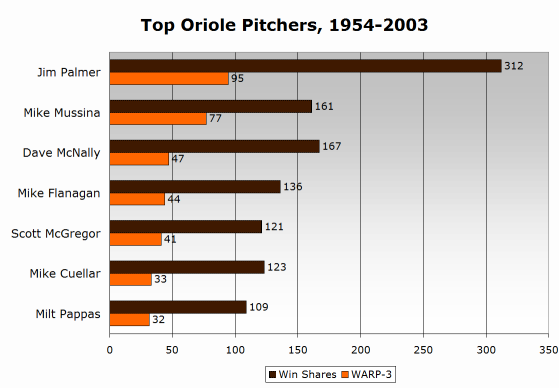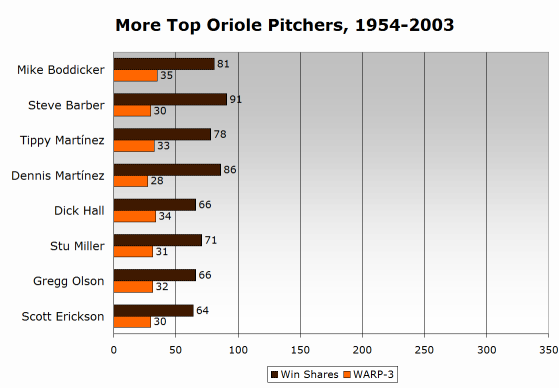The Corked Bat Caper, ten years later
This is only peripherally related to the Orioles, but I thought some of you might find it interesting. Recently I ran across an article by Paul Sullivan on the Chicago Tribune site (subscription required) titled “Mystery over Belle's lumber still a corker.” It so happens that yesterday, July 15, 2004, was the ten-year anniversary of the corked-bat incident involving Albert Belle, who at the time was starring for the Cleveland Indians (some four years later he would join the Orioles as a free agent). For those who don't have or want a subscription to the Trib's site (I believe if you have an account on the Baltimore Sun's site, your username and password will work on the Tribune site because they are owned by the same media conglomerate), here's my summary of the story.
That day the Indians were playing in Chicago's Comiskey Park. The race between the two teams was tight that year. Early in the game, White Sox manager Gene Lamont, acting on a tip, asked the home-plate umpire to check for evidence of tampering in Belle's bat. The umpires saw nothing unusual with the bat on initial examination, but they exercised their right to confiscate it and locked it in the umpires' office/dressing room at Comiskey, from which it was to be sent to the league office in New York for X-ray inspection.
During the game, someone stealthily squirmed through the overhead crawl space connecting the visitors' locker room and the umpires' room, lowered himself into the umpires' room through a displaced ceiling tile, and switched the confiscated bat with a "clean" bat from the cache of Cleveland first baseman Paul Sorrento. The umpires noticed the switch after the game (not to mention pieces of broken ceiling tiles), demanded Belle's bat back, received it and sent it to New York. League officials found cork in the bat and suspended Belle for ten games (later reduced to seven on appeal).
The story doesn't end there. Five years later, the mysterious bat switcher finally revealed himself to the New York Times's Buster Olney. Who was it? Current Oriole reliever Jason Grimsley. Grimsley was a 26-year-old spot starter on the Indians in 1994, but had become a Yankee reliever in 1999 and felt that enough water had passed under the bridge to put the truth on America's so-called paper of record.
Tribe shortstop Omar Vizquel corroborated Grimsley's story in his 2002 memoir. He added that Grimsley had to replace the corked bat with a Sorrento model because “all of Albert's bats were corked.” Belle promptly denied this allegation, but Vizquel's version seems at least partially credible. If Belle had possessed just one or two corked bats, it would have been much simpler to use one of Belle's undoctored bats as a replacement. But if most or all of Belle's bats were corked, then the substitute bat would have to come from another player. Of course, Grimsley could not fix the difficult matter of Sorrento's name being on the replacement bat, so his risky work went for naught.
Other ex-Orioles litter the storyline, although their participation is more incidental. Mike Hargrove was the Indians' manager in 1994, five years before he took the same job in Baltimore. Although he apparently did not approve of the bat swap, his visiting manager's office at Comiskey was the starting point for Grimsley's overhead passage. John Hart was Cleveland's general manager, less than six years removed from an apprenticeship in the Oriole organization as a minor-league manager and major-league coach. He, too, did not condone the bat switch, calling it “more of a misguided sense of loyalty with a teammate than anything else.” And Grimsley's confessor, Olney, covered the Orioles for the Sun in the mid-1990s before moving to the Times and ESPN the Magazine.
What we learn from this story is that Grimsley is an exceedingly loyal teammate who will go to great lengths—and sometimes illegal ones—to help his team. But at 205 pounds, he is a good amount bigger than his 180-pound self of ten years ago, so crawling through cramped passages may not be a part of his skill set anymore.
